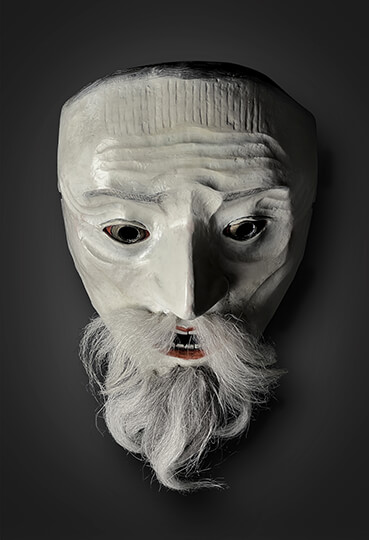Cabeza de Vaca: Historical Background
By the 1530s, Spain had consolidated its grip on substantial portions of Central and South America. North America, however, remained unexplored. Cabeza de Vaca was one of four men who survived a disastrous first attempt at such exploration but his account of his adventures on this unknown continent spurred interest in further exploration. For this, Spain awarded him a governorship in a frontier province of South America.
Cabeza used this position to try to bring an end to the Spanish practice of enslaving the Indian peoples of the region. Deeply resentful of his interference, Spanish colonists conspired to have him returned to Spain in irons and put on trial for fabricated charges of incompetence and self-interest. When evidence that would have exonerated him failed to arrive, he was found guilty, sentenced to exile, and forbidden, on pain of death, to ever return to the “new world.” He thus, at one stroke, lost both his identity as a European and the identity he’d acquired though having lived for nine years as a trader and healer among the indigenous peoples of North America.
In Appreciation of Keisho It was my appreciation of a musical quality in Keisho Okayama’s work that prompted me to suggest he and I enter into a collaboration. I was then in the process of composing a work on the life of Spanish explorer Cabeza de Vaca as a ghost play in the style of the Japanese Noh Theater. As masks are an essential ingredient of Noh, I asked Keisho if he would consider creating one for each of my two principal characters, Cabeza de Vaca and Dark Mirror (an indigenous woman). Because Keisho’s work is deeply self-motivated, it was far from a sure thing he would agree. I still remember the moment, in a Salvadoran restaurant we had walked to from his and Lauren’s house, when he said Yes.
While Keisho had previously made masks for Bugaku performance, he’d never before encountered the more stringent requirements of Noh. In that tradition, masks are expected to convey a range of affective qualities depending on the angle at which the actor presents them. Although the masks Keisho created are not the traditional masks one sees in Noh, they nevertheless shared this uncanny ability to change affect as the actor’s stage position changed.
It was a privilege to collaborate with Keisho, and it’s a privilege to share the wonderful masks he made for this production.
–Paul Humphreys
Professor Emeritus of Music
Loyola Marymount University
The two masks that Okayama created for Cabeza de Vaca:





